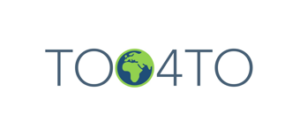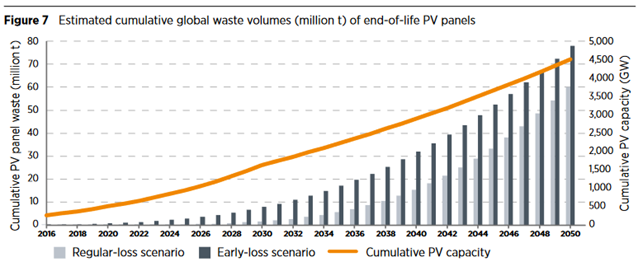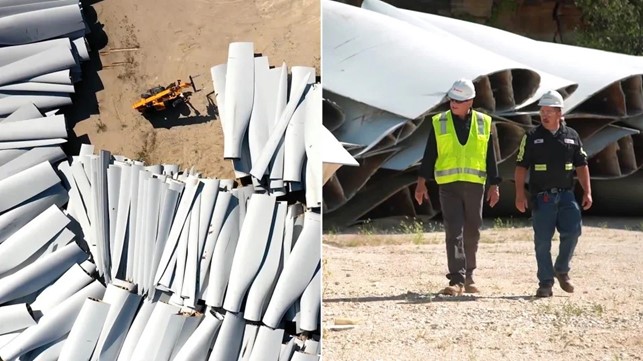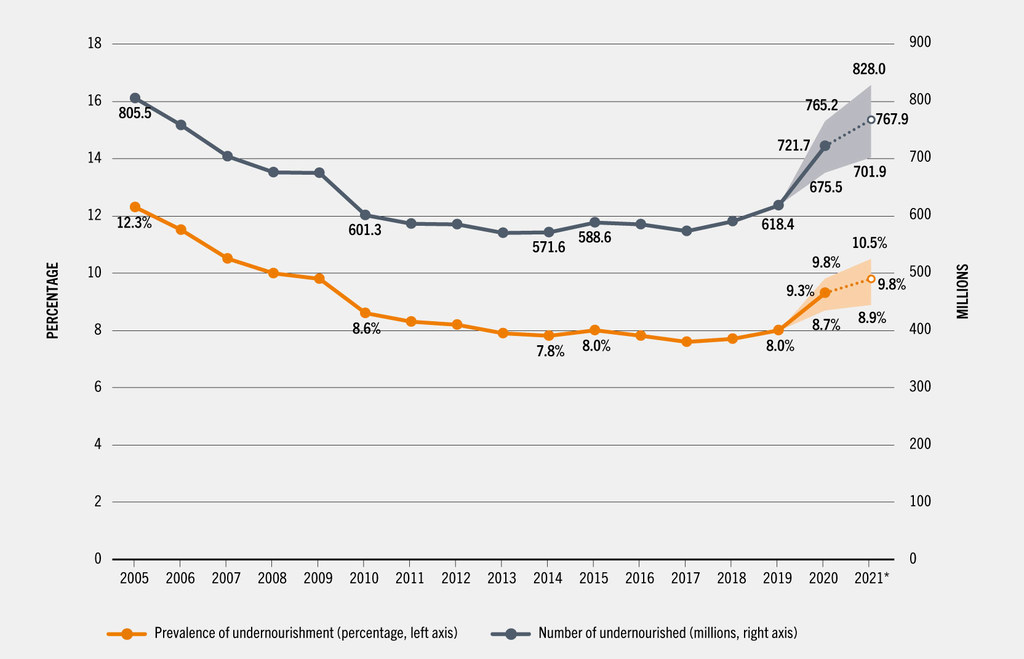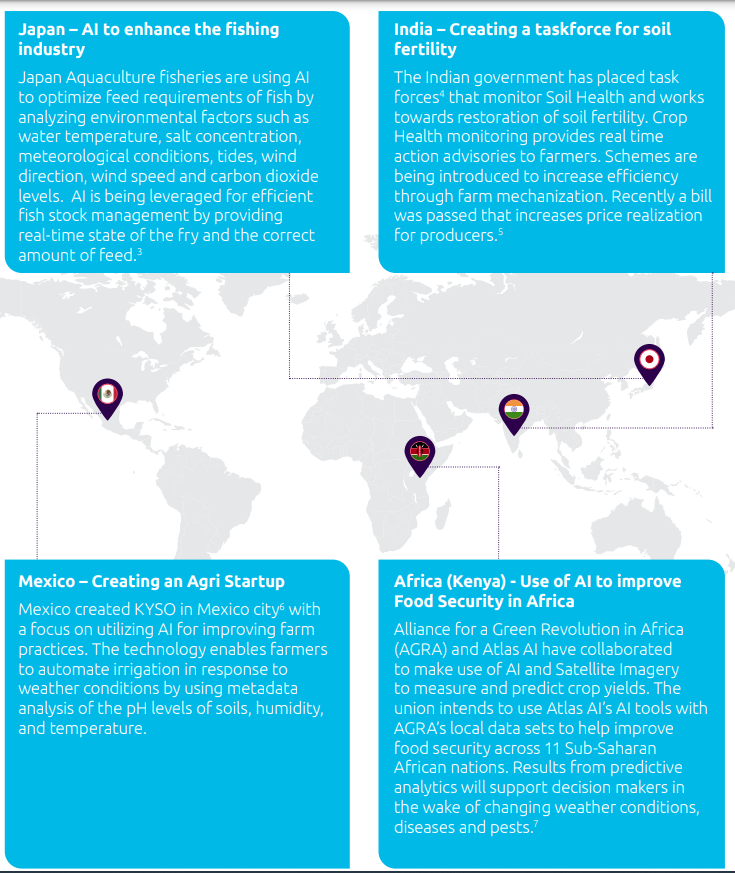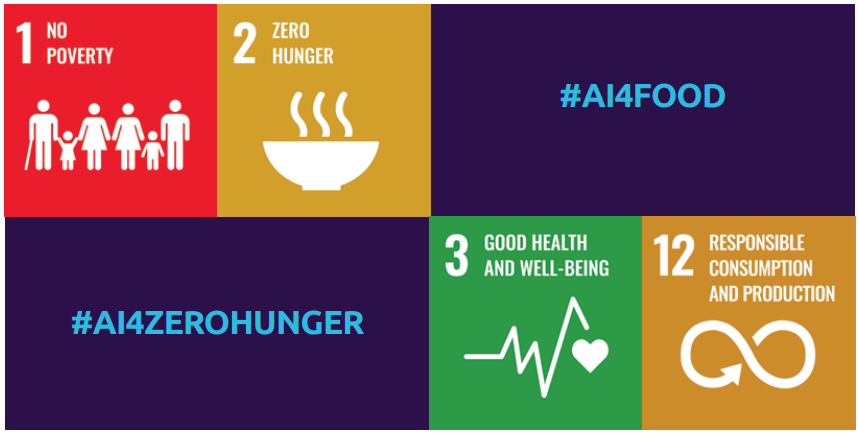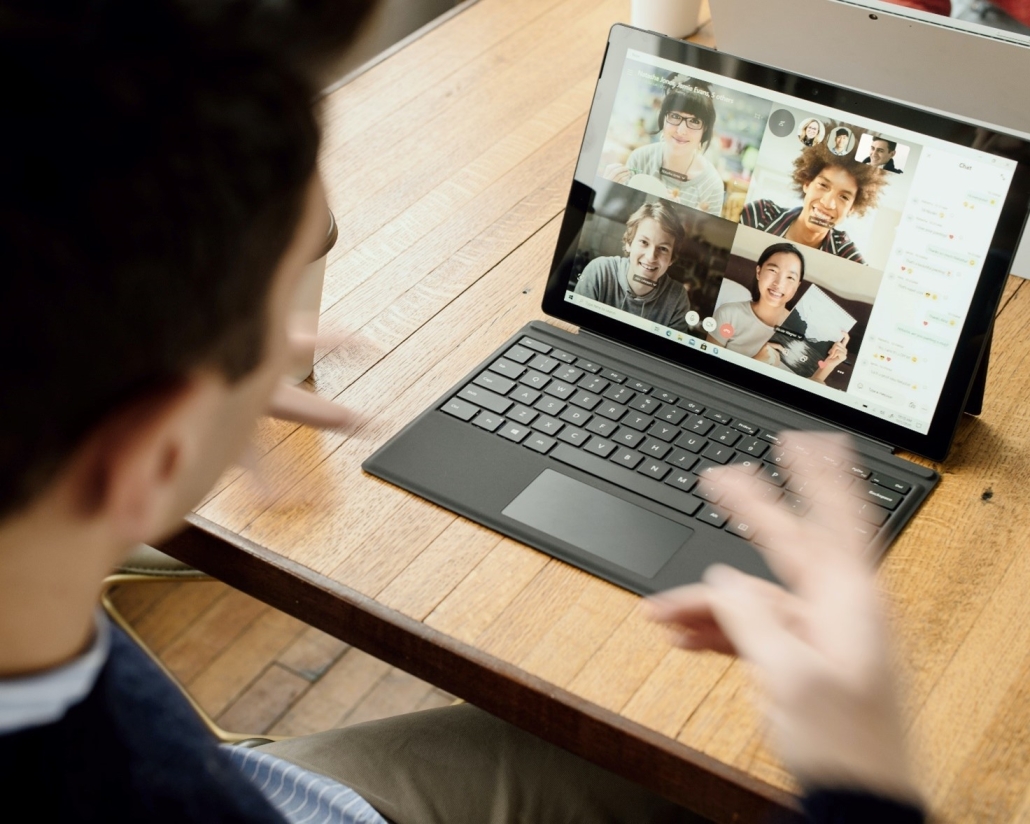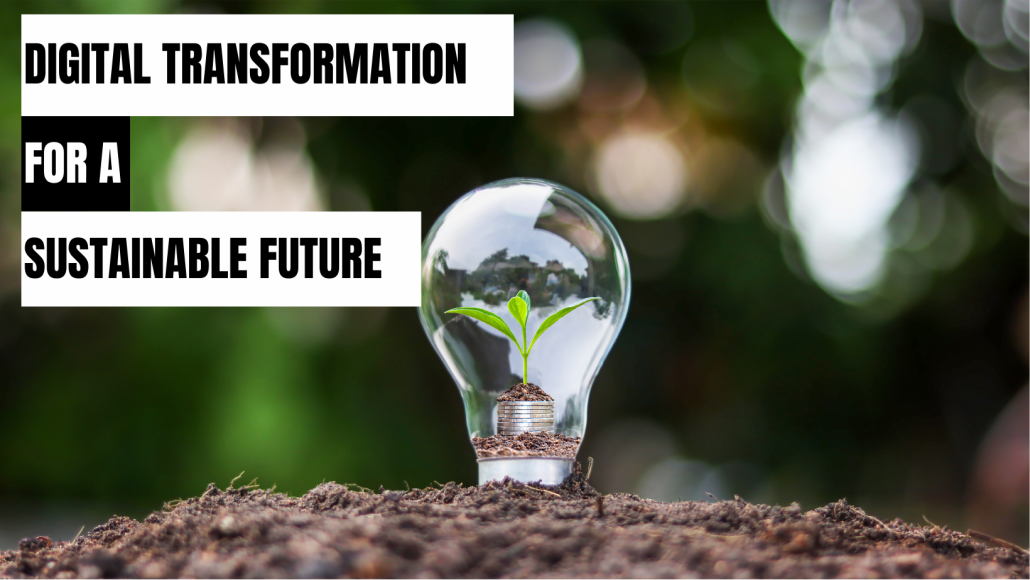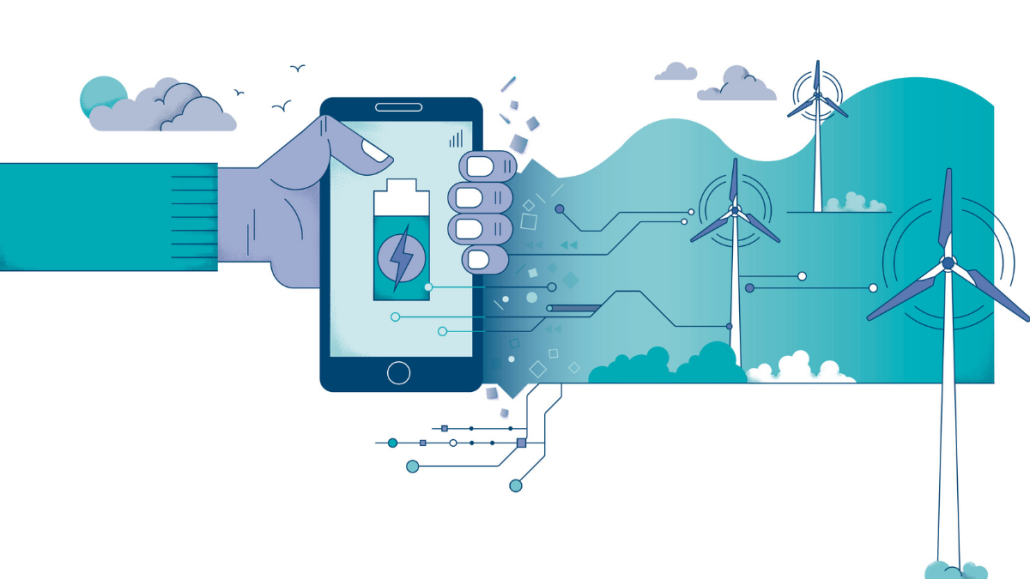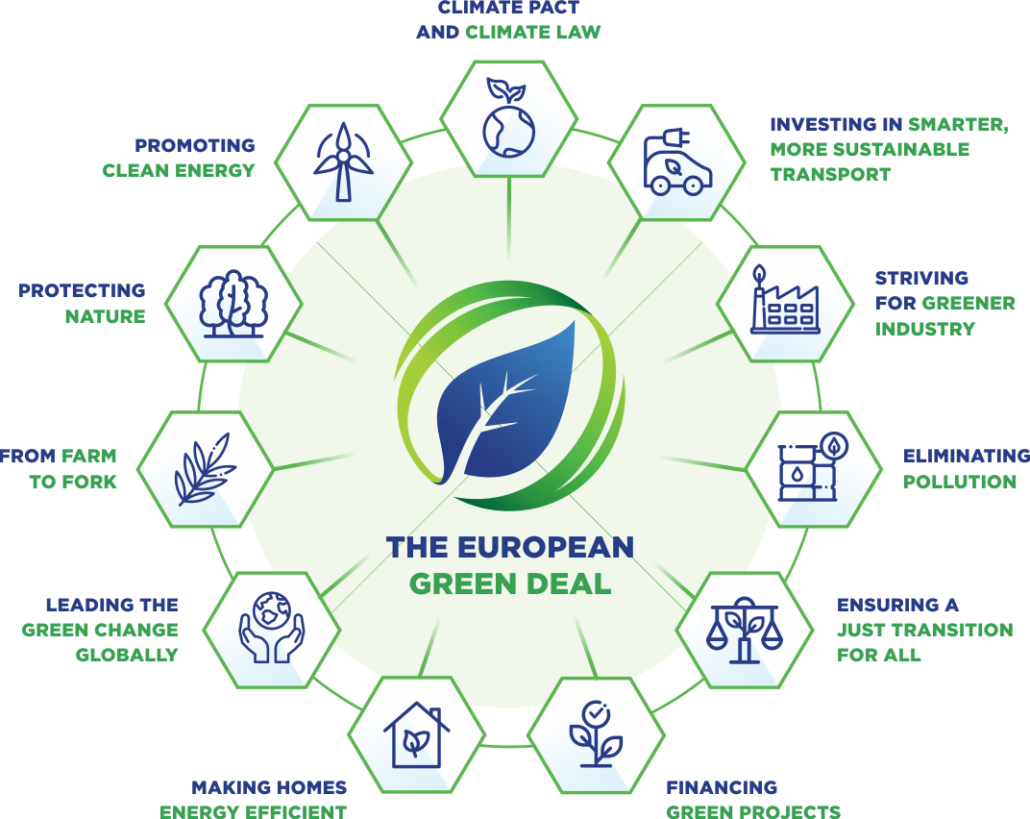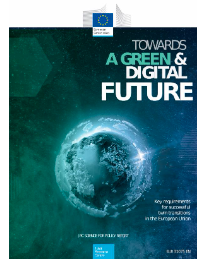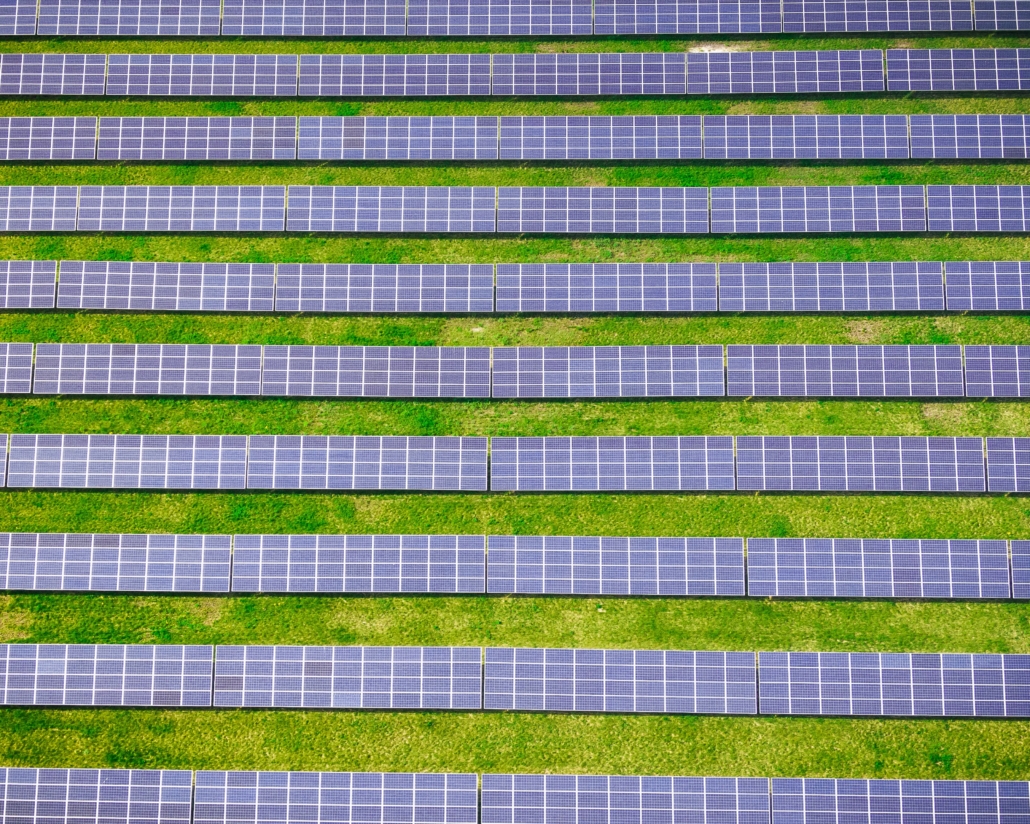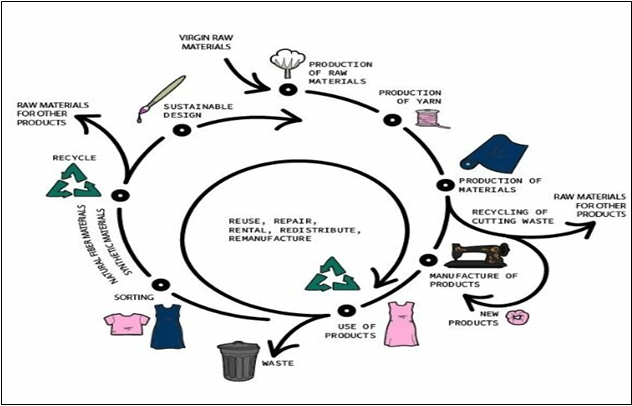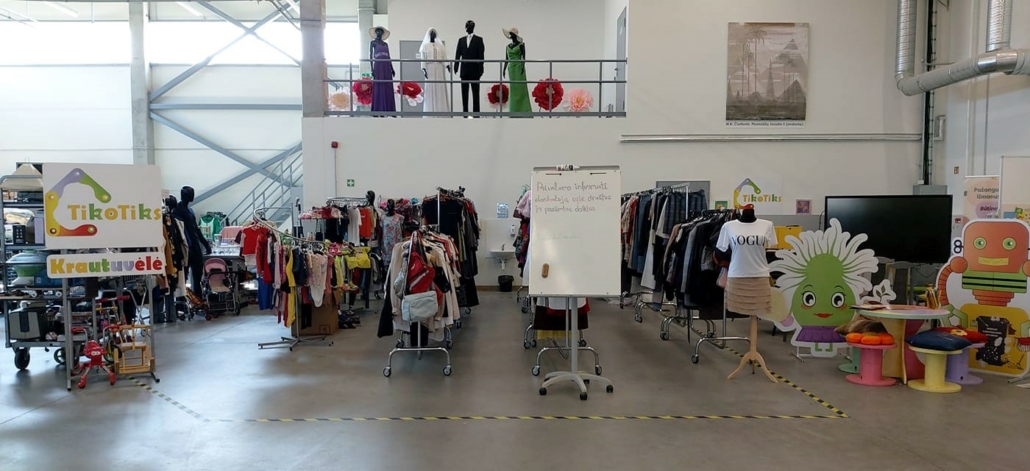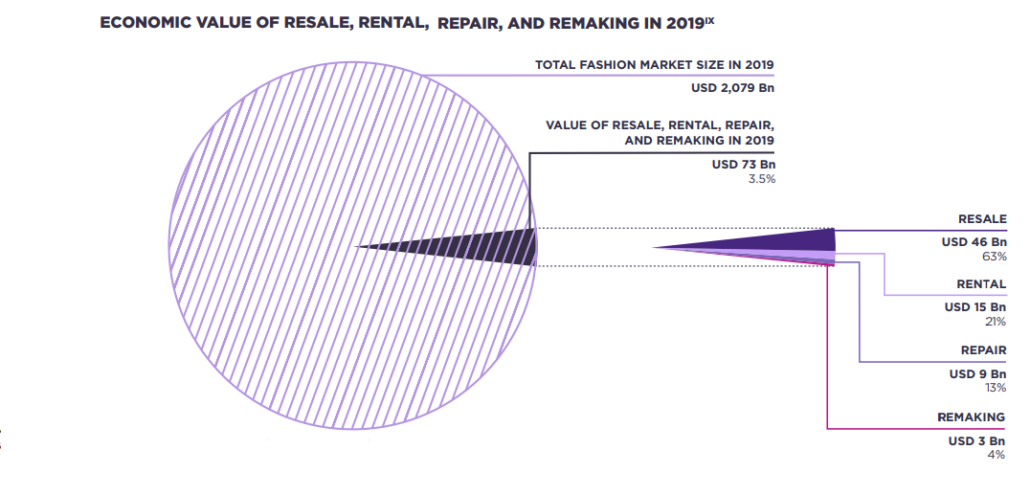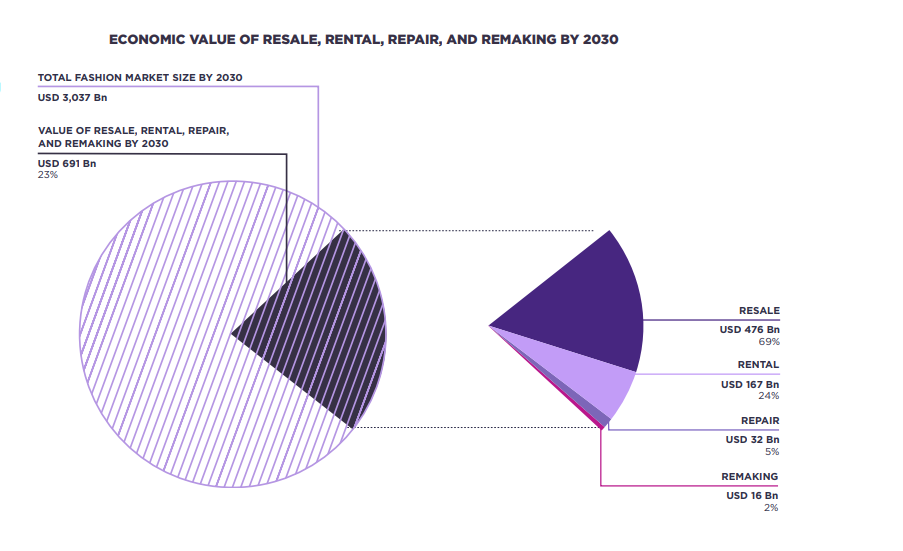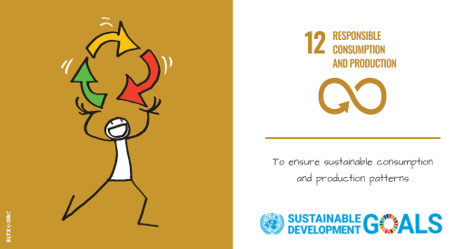Teleworking vs environmental sustainability

Telecommunication is a term that appeared already in 1972 and was used by Jack Nilles, a NASA engineer who was at the time working remotely on a sophisticated communication system. Nilles thought that this novel approach to work would help to address issues like traffic, sprawl, and the scarcity of non-renewable resources [1]. Was he right? Is remote working a sustainable solution?
For many companies, the coronavirus disease 2019 (Covid-19) epidemic sped up the transition to full-time remote employment [2]. Thus, it created an opportunity to check and see how remote work influences the natural environment. Teleworking is mostly considered in terms of greenhouse gas emissions and energy consumption, and it has the instinctive feeling that it must be good for the environment.
Greenhouse Gas Emissions
Reduced need for commuting to and from the offices while working remotely is correlated with a reduced number of cars on the road and, what is more, reduced greenhouse gas emission from car fumes. However, looking closer, one can see that nothing is so straightforward [3]. There is growing evidence of rebound effects due to different scenarios like:
- increased number of short trips and non-work travel -it was clearly visible in California that there was a 26% rise in the average number of trips that were made in conjunction with a drop in car miles travelled by workers who switched to working from home during the Covid-19 epidemic [4];
- moving further from the city – more businesses are switching to a hybrid work style, which gives employees the option of working both in the office and from home during the workweek. The total environmental effect of commuting to work can be reduced by about 30% by using hybrid work. Additionally, a weekly remote workday can reduce CO2 emissions by 271 kg per year. However, very often, on the way to the office, different stops are made, like dropping kids to school and doing some shopping. Even though employees are allowed to work from home, these trips still need to be done. Going further, hybrid work may additionally induce some employees to relocate farther from the city. Employees can choose to relocate to cheaper, quieter and greener suburbs. Thus, lengthening the commute road to work can even increase greenhouse gas emissions, despite a decrease in the frequency of commutes for work [5].
Energy Consumption
To create the ideal working environment at home, remote workers must use heating, air conditioning, internet, lighting, and kitchen equipment. Then many questions appear like: is the home building energy efficient? Is it necessary to buy new furniture to satisfy employees’ needs? Things go worse if the hybrid model is applied. Then employees need to adjust conditions at their homes, and what is more, companies need to maintain proper conditions in offices. Offices are still heated and lit to the same degree as before, even if only partially occupied. However, there are a few ways to lessen the impact that hybrid work has on an organization’s carbon footprint:
- reducing the size of workspaces may save up to 40% on office energy costs when regular remote work is applied [5];
- hot desking can significantly reduce overall workplace emissions, which is usually significant; for instance, France uses roughly 168 kWh of energy per square meter per year, which is equivalent to 16 kilograms of CO2 per square meter annually [5].
Remote work is strongly related to working in virtual teams and what goes behind that, with videoconferences and data sharing. A single hour of videoconferencing or streaming uses up to 2-12 L of water, emits 150–1,000 g of carbon dioxide, and takes up space on the ground that is roughly the size of an iPad Mini. These footprints can be reduced by 96% by turning off the camera while on a web call. Another way to cut costs is to stream information in standard definition rather than high definition, it can reduce energy consumption by up to 86% [6].
Reduction in energy consumption may also be achieved by increasing the efficiency of working in virtual teams. To make the work in a virtual team easier and more efficient, it is important to understand how to lead the team properly and understand the stages of team development. One of the TOO4TO project’s outputs provides a guide, “Leading virtual teams”, which is rich in theory as well as tools that can be used to make the work easier and more efficient. What is more, it contains real examples of situations that may appear when the virtual team is built. The guide is free of charge and available on the TOO4TO project website in the tab “Outputs” or directly under this link: https://www.thinglink.com/scenariocard/1521767923624968193.
According to the information presented above, it appears that remote work can be beneficial for the environment; however, very often, it is dependent on the daily decisions of each person working remotely. Moreover, it is crucial to remember that remote labour only plays a minor role in the larger effort to combat climate change, achieve sustainability, and improve the environment in which people live. Additionally, one should notice that here only environmental sustainability aspects of teleworking were considered. However, in order to see a holistic view of sustainability aspects related to this type of work, different dimensions should be discussed as well, like psychological-behavioural or financial aspects. A study conducted in Italy showed that, due to the additional costs associated with using digital platforms and technology (such as a personal computer, an internet connection, a license for an instant messaging service, and cloud storage space), remote working has a significant and negative economic-financial impact for the majority of workers (55% of the sample) which are not compensated with commute savings [7]. Thus, the opportunities and challenges associated with each dimension of teleworking are very complex and still require further research.
Written by Magdalena Fabjanowicz, Gdańsk University of Technology
References:
[1] Lorman, The history of telecommuting and How to Best Manage Remote Teams in 2020, https://www.lorman.com/blog/post/history-of-telecommuting-best-tools-for-remote-work (Accessed on: 24.04.2023)
[2] Yang, L., Holtz, D., Jaffe, S. et al. The effects of remote work on collaboration among information workers. Nat Hum Behav 6, 43–54 (2022). https://doi.org/10.1038/s41562-021-01196-4
[3] Turlough F. Guerin, Policies to minimise environmental and rebound effects from telework: A study for Australia, Environmental Innovation and Societal Transitions 39, 18-33 (2021). https://doi.org/10.1016/j.eist.2021.01.003.
[4] Shreedhar G., Laffan K., Giurge L.M. Is remote work actually better for the environment? Harvard Business Review, https://hbr.org/2022/03/is-remote-work-actually-better-for-the-environment (Accessed online on: 22.05.2023)
[5] Hubtubee. The impact of hybrid working on a company’s carbon footprint. https://hubtobee.com/en/blog/impact-hybrid-working-companys-carbon-footprint/ (Accessed online on: 23.05.2023)
[6] Purdue University. Turn off that camera during virtual meetings, environmental study says: Simple tips to go green with your internet use during a pandemic. www.sciencedaily.com/releases/2021/01/210114134033.htm (Accessed online on: 23.05.2023)
[7] Battisti E., Alfiero S., Leonidou E. Remote working and digital transformation during the COVID-19 pandemic: Economic–financial impacts and psychological drivers for employees. Journal of Business Research 150, 38-50 (2022).
https://doi.org/10.1016/j.jbusres.2022.06.010
